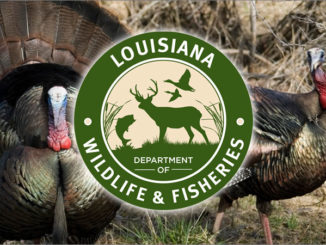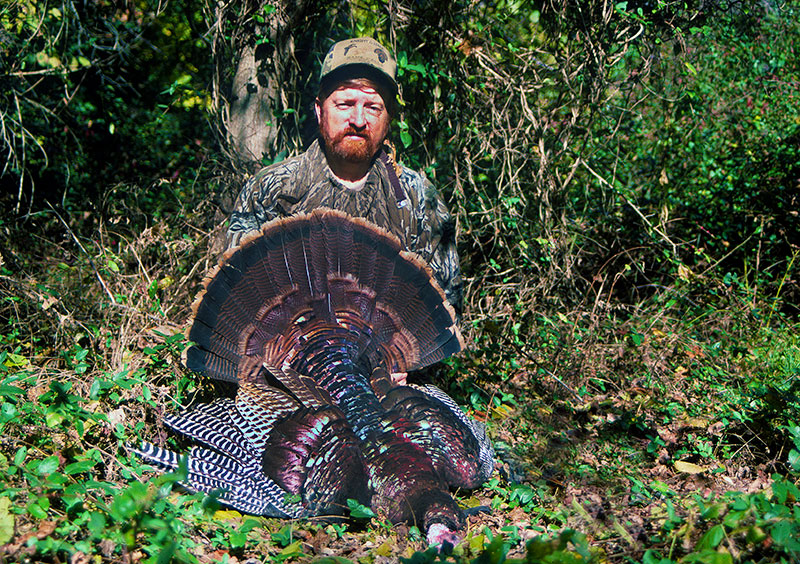
Creative, clever ways top turkey hunters lured tom turkeys into range
A turkey you’ve hunted and tried all the turkey hunting tricks on without success means you’ll have to think outside the box to take him. Here are just a few ways you can do that:
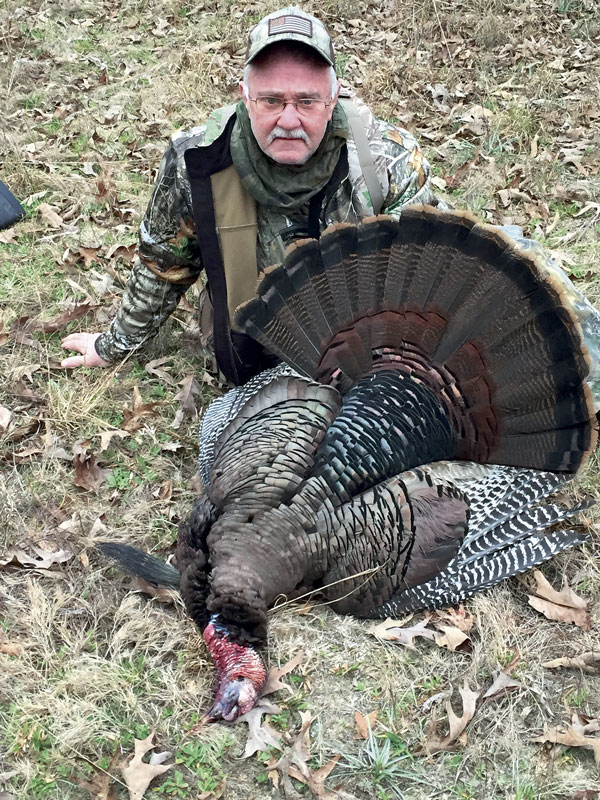
Become a roosted hen
Ronnie Strickland of West Point, Miss., hunted a turkey for several weeks that daily gobbled about 50 times at first light. The gobbler flew down from his roost to the middle of a 40 yard pasture and remained with his 20-40 hens all day. He and his hens would go up to a ridge on the side of the pasture to roost.
“I was so frustrated I talked to the farmer who owned the land,” Strickland said. “He suggested we meet before daylight the next morning and walk up the pine straw covered ridge where the turkeys were roosting. We did, sat down and stayed quiet.”
The farmer said, “Let’s move 200 yards down this ridge, and get closer to the bird.”
Strickland was afraid they’d spook the gobbler by moving. The farmer took his hat off at first light and beat it across his knee, a sound that resembled a hen flying off the roost. The big longbeard gobbled. Strickland saw the bird, “Flying through the woods, looking like a giant WWII bomber and coming straight at us. He hit the ground less than 30 yards from us, and I took that 16 pounder with a 12-inch beard and 1 ½ inches of spurs.”
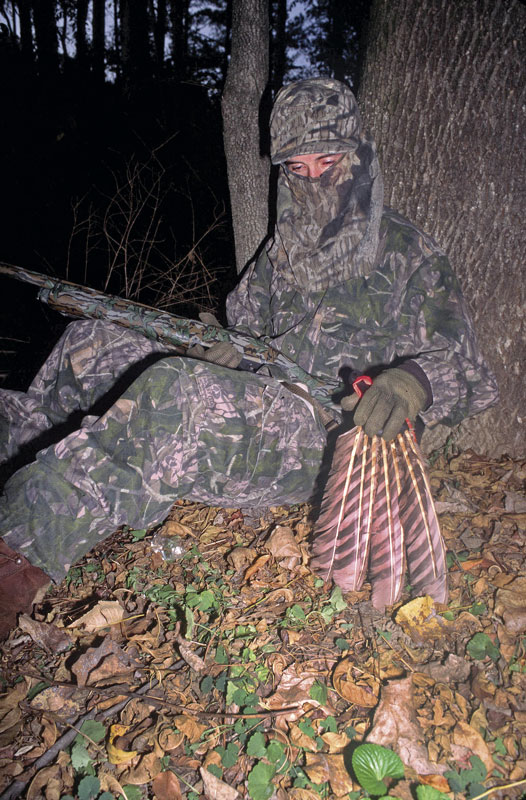
Call a little and wait a lot
David Hale of Cadiz, Ky., co-founder of Knight and Hale Game Calls, hunts high pressured gobblers every year. He identifies a turkey’s strut zone, but only calls about 1/10 as much there as he does in places without much turkey hunting pressure. He clucks, gives three soft yelps and waits 10 minutes before calling again. A tom may walk a couple of steps, and then when the bird doesn’t see the hen, strut and drum once more. Then you can bag him.
As Hale said, “Being patient and not rushing the turkey to come to you will help you take that bird.”
Using a turkey wing to sound authentic
Will Primos, the creator of Primos Game Calls in Flora, Miss., hunted a turkey in an abandoned cemetery from the 1880s that sat on top of a hill. No one could get close to the gobbler on the same plane with him. Primos watched the big tom walk out of gun range several times.
Primos moved behind a big oak tree one day to keep the bird from spotting him, took his turkey wing out of his vest and made the sound of a hen flying down.
“The turkey turned, walked toward me and then stepped behind another tree 15 yards away,” Primos said. “The turkey came out from behind that tree, and I squeezed the trigger and sent his spirit to that great turkey cemetery in the sky.”
Spook the hens
Mark Drury of Drury Outdoors in Springfield, Mo., wanted to help his 72-year-old uncle take a turkey on video, after hunting with him for four years. Mark’s uncle had been hunting turkeys since 1960 and was of the old school of calling softly and not often and hunting out of blinds. Mark was of the cut-and-run mindset, let’s-go-get-the-bird aggressive style of hunting turkeys.
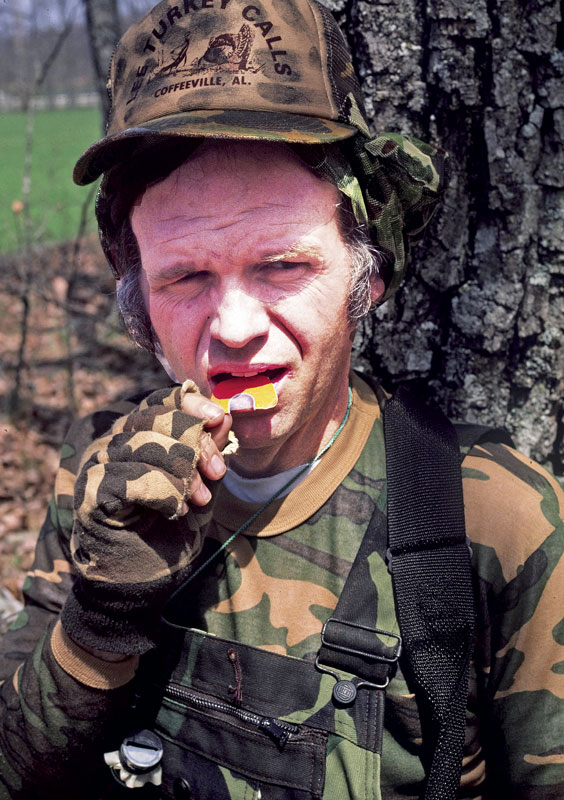
“One time I roosted a couple of birds, raked a footpath down to the birds to enable my uncle to silently get off the nearby logging road and built him a blind,” Drury said. “The next morning, we heard three hens and two gobblers fly down from the roost. The hens moved left of the gobblers, and I intentionally spooked them away further from the gobblers. The toms gobbled their heads off, trying to call those hens back to them. My uncle stayed in his blind, waited patiently, called a little and took his first turkey on the video I filmed.”
Climb a tree
Ben Rodgers Lee of Coffeeville, Ala., the late five-time World Champion turkey caller, weighed 350 pounds but managed one time to skillfully climb an oak tree with his shotgun across his back. He’d previously picked up several pockets full of small rocks about the size of acorns. He dropped the rocks and bounced them off the limbs below him to sound like a hen going to the bathroom in the tree.
The gobbler moved at a forced march pace from 100 yards. Lee pulled the trigger on his shotgun when the turkey was 40 yards out and took him.
Use seldom heard turkey calls
Joe Drake of Fortson, Ga., a turkey calling contest winner, said that when he hunts turkeys no one can take, he uses turkey calls most hunters don’t.
“I’ve found that the wingbone call often will work on a bad turkey,” he said. “It’s the only call that a hunter sucks air in when he uses it rather than blowing air out. That call produces a different sound than any other call. Many hunters have a hard time calling turkeys with a wingbone.”
Never give up
There are two lessons in this story. First, be careful out there. And second, never give up. Henry Ott of Jackson, Ala., took a turkey. The bird was flopping, so Ott pushed the blade of his knife through the turkey’s head. The turkey appeared to expire. But the “dead” turkey soon made one more flop and got to his feet running. Although Ott caught him by his tail feathers, the bird lurched and left his tail feathers in Ott’s hand. Ott grabbed the left wing, and the turkey fought back — leaving Ott with a lump on his head and blood streaming down his face.
“As I grabbed the right wing, the tom’s left wing hit me on my forehead and bloodied my face once more, knocking me to the ground,” Ott said. “The tom’s right foot came up and spurred me in the top of my hand and in my palm. His left foot caught me in the legs and spurred me in three places.”
Ott always had been taught that a responsible hunter didn’t leave animals in the woods to die and be wasted. Ott secured both of the gobbler’s feet in his hands and swung the tom‘s head into a pine tree. The turkey had no tail, wing or breast feathers once the battle ended. Ott was covered with his own blood, but he became the greatest turkey fighter ever by not giving up.
